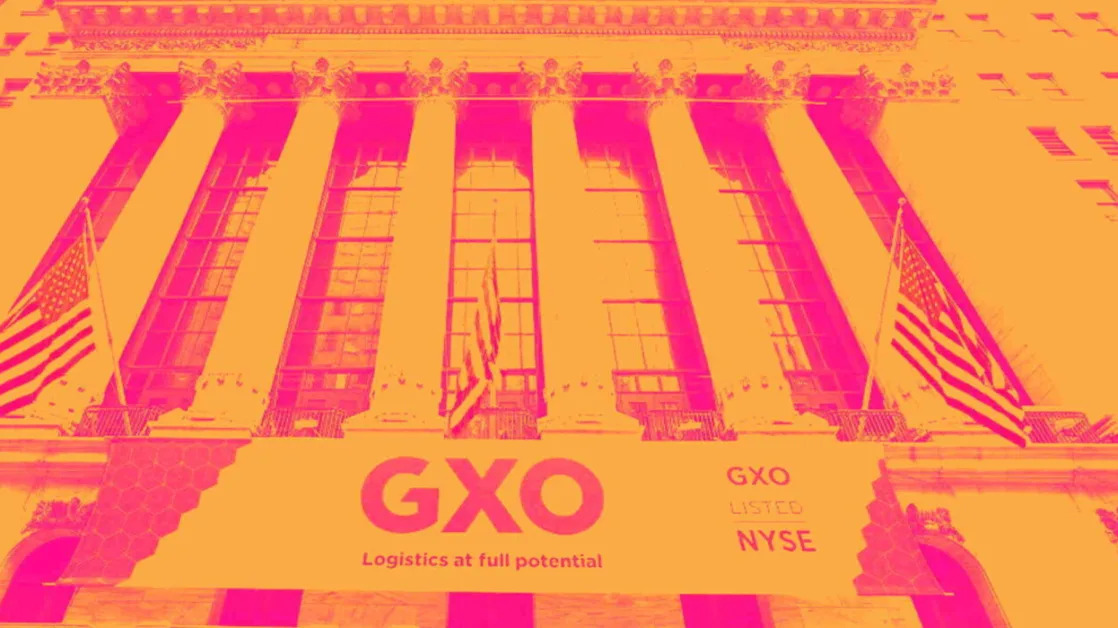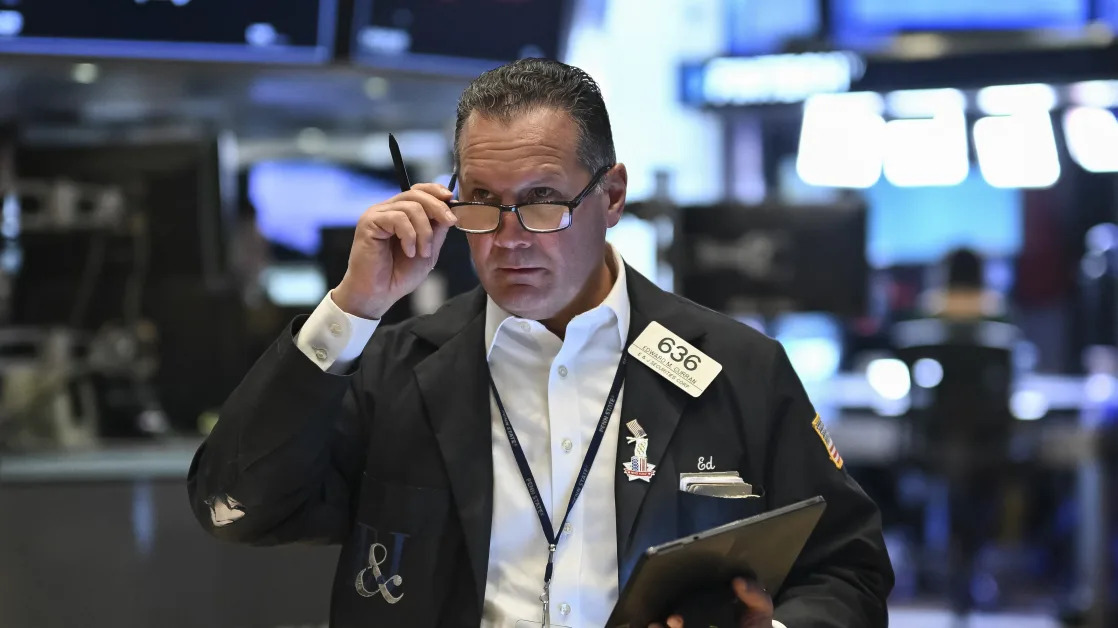(Bloomberg) -- The recent rebound in US tech stocks isn’t convincing options traders just yet.
While the shares have led market gains since a meltdown earlier this month, the cost of contracts hedging against volatility in the largest exchange-traded fund tracking the Nasdaq 100 Index remains high relative to contracts on the SPDR S&P 500 ETF Trust.
Since the end of last year, tech stocks had mostly gone up, pushing the broader S&P 500 Index to one record after the next on optimism advances in artificial intelligence would revolutionize the world while earnings would keep growing. Then concerns hit that they went too far in an environment of high interest rates and weaker economic data. The 500-member tumbled 8.5% between its July high and low in early August, with big tech winners suddenly becoming the big losers.
While the S&P 500 has since recovered three-quarters of its slide, traders remain wary, with the earnings season still underway. Tech profits are slowing, and investors increasingly want to see what AI can actually do.
Also read: Big Tech’s AI Promises Become a ‘Show Me’ Story For Investors
“People are becoming a little bit more jittery,” said Irene Tunkel, chief US equity strategist at BCA Research Inc., referring to megacaps. “The questions aren’t going to disappear. We expect to see more volatility from here.”
After months of calm, the selloff earlier this month pushed the VIX to an almost four-year high, with three-month implied volatility on the Nasdaq 100 ETF reaching its highest level since June 2022 relative to the S&P 500 fund. Swings have abated since, but a Cboe gauge tracking Nasdaq 100 fluctuations remains above its one-year average ahead of the Jackson Hole symposium later this week and Nvidia Corp. earnings on Aug. 28.
“The dispersion around earnings could have spooked investors too, and the top heavy nature of the tech ETFs portends to more expensive options,” said Daniel Kirsch, head of options at Piper Sandler.
In the past year, the spread between three-month implied volatility on the Invesco QQQ Trust Series 1 and SPDR S&P 500 ETF Trust has averaged 4.9 points. It’s now at 5.6 points.
The wild card around the next 10 days is, of course, Nvidia’s earnings, and investors will be paying close attention to what Chief Executive Officer Jensen Huang says about the outlook. While Nvidia is expected to continue to reap a bonanza, it’s not clear if AI will yield big profit-making breakthroughs from the companies doing the spending.
With the stock already up more than 150% this year, the cost of hedging against declines has increased relative to the days ahead of the last earnings report — though it’s down from a high earlier this month.
“That implies risk aversion,” said Steve Sosnick, chief strategist at Interactive Brokers. “If ahead of the last earnings release people were more afraid of missing a rally, now they are a bit more nervous about downside.”





